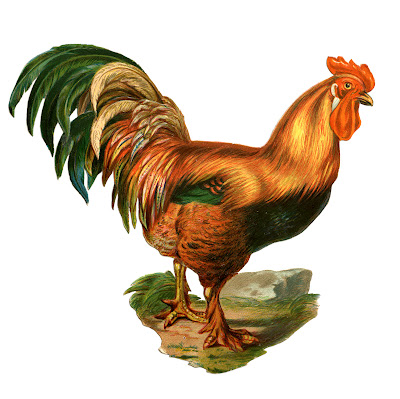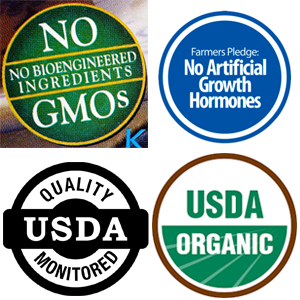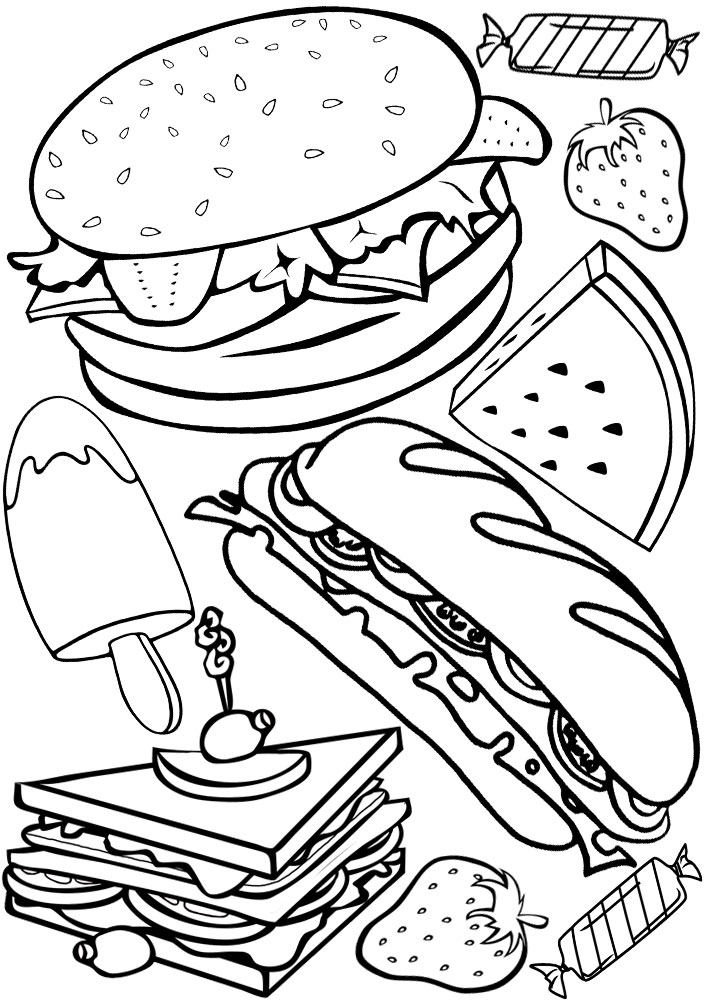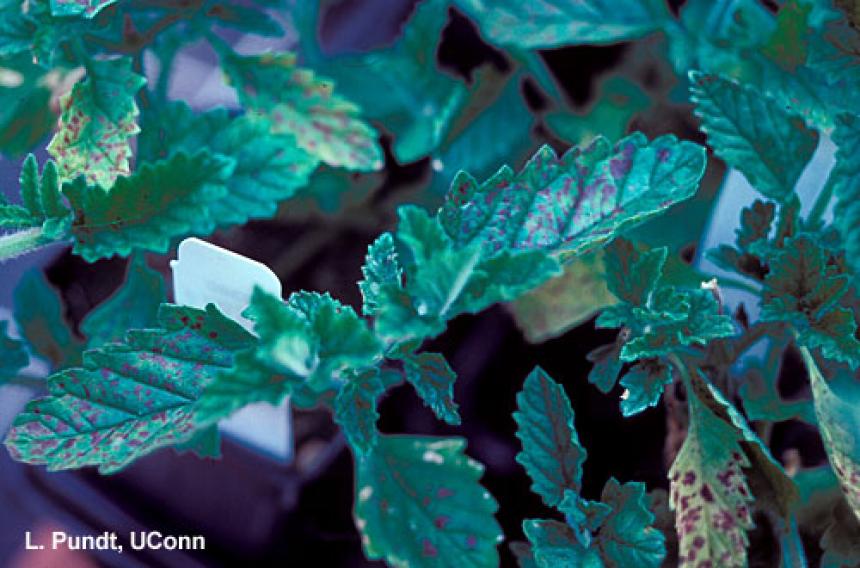38 what should be on food labels
Food labels (sometimes also referred to as nutrition facts labels) can be defined as panels on the packaging of food containing information about the nutritional value of the food item. There is a variety of different food labels out there and there had been extensive discussions in the past about whether food labels are beneficial or not. 5 Basic Elements that MUST be on Your Food Label The net weight is the weight of the food or contents without packaging. Your net quantity statement needs to be on the front bottom 30% of your food label. It should also be on the outer package or box. #3: Manufacturer Information. Include the name and address of the manufacturer, packer, or distributer.
A Guide to Reading Food Labels - University of Rochester Feb 27, 2013 · of calories from fat. You should limit the number of calories from fat to 20-35% of your total daily calories. In the sample label, there are 250 calories in one serving and 110 calories from fat. This means almost 50% of the calories in a single serving of this food come from fat. Due to its high fat content, this food is not a healthy choice.
What should be on food labels
8 Fixes Nutritionists Want on Food Labels | Diet & Fitness | US News • Make it simple with color-coding or scores. As some grocery stores are doing, food labels could include a numerical score, red/yellow/green designation, or a star rating system to indicate... Food Labels 101: Understanding the Nutrition Facts Label Nutrition labels can be a great tool for managing a heart healthy diet, which makes it very important that you understand what you're looking at when you read a label. Nutrition labels are based on a daily 2,000 calorie diet. Depending on your age, gender and activity level, you may need to consume more or less than 2,000 calories per day, so ... PDF Food Labeling Guide 1. I NTRODUCTION 4 2. B ACKGROUND 4 3. G ENERAL F OOD L ABELING R EQUIREMENTS 5 N AME OF F OOD 7 Juices 5. N ET Q UANTITY OF C ONTENTS S TATEMENTS 14 6. I NGREDIENT L ISTS 17 Colors Food Allergen...
What should be on food labels. Food Labeling | Food and Nutrition Information Center | NAL | USDA FDA's Food Labeling program develops policy and regulations for dietary supplements, nutrition labeling and food standards, infant formula and medical foods. Also conducts scientific evaluation to support such regulations and related policy development. The New and Improved Nutrition Facts Label-Key Changes 7 things you should know about new food labels - Cape Cod Hospital Calories Up Front - The calorie count is also larger and bolder. Except for the heading, "Nutrition Facts," the word "calories" is the largest item on every food label. New Serving Sizes - "One of the biggest changes is that serving sizes have been updated to reflect what people actually eat and drink today," Songer said. Food labels - NHS Food labels. Nutrition labels can help you choose between products and keep a check on the amount of foods you're eating that are high in fat, salt and added sugars. Most pre-packed foods have a nutrition label on the back or side of the packaging. These labels include information on energy in kilojoules (kJ) and kilocalories (kcal), usually ... 16 Ways to Improve Nutrition Labels | Fooducate Currently there is no FDA defined level of maximum daily consumption for calculation and display on the nutrition label. Dietitians recommend at most 125 grams of total sugar per day as the upper limit. That works out to 8 tablespoons per day. It would be nice to know that Golden Grahams takes care of the first one.
Food Labels | Nutrition.gov Food Labels Food labels can help you make healthy choices when buying food in grocery stores or restaurants. Labeling Organic Products USDA, Agricultural Marketing Service, National Organic Program Learn about organic foods, requirements, and how they are labeled. Calories on the Menu HHS, Food and Drug Administration Learn How the Nutrition Facts Label Can Help You Improve Your Health That means if you consume 2,000 calories in a day, added sugars should account for no more than 200 calories. Read the Nutrition Facts labels on your packaged food and drinks to keep track of sugars, fats, protein, and other nutrients. Most sodium we consume is from salt, and salt is commonly in processed foods. Food labels: Why knowing what's in your food's more beneficial than ... Instead of fearing the worst or having a YOLO outlook on food labeling, rather reframe it as being a tool to provide you with a greater perspective of what you are putting into your body. Food ... Understanding Food Labels | The Nutrition Source | Harvard T.H. Chan ... Under the Food Allergen Labeling and Consumer Protection Act of 2004, eight major food allergens—milk, fish, tree nuts, peanuts, shellfish, wheat, eggs, and soybeans—are required to be listed in a "contains" statement near the Ingredients list if present in a food. An example would be "contains wheat, milk, and soy."
What Information Must Your Food Label Contain - Jet-Label Common Name. The label must contain the common name of the product. Apart from the usual branding printed on the label, its common or generally known names must be mentioned. For example, 'milk chocolate' or 'orange juice from concentrate'. The Food and Drug Regulation has a list of common names that you should take a look at. What Should Be On A Food Label? | KCET Now, flip that package around and locate the "Nutritional Facts" label. You know, the one where you'll find all sorts of information regarding the product's serving size, calorie count, the amount of fat -- saturated, trans or otherwise -- and the percentage of certain vitamins the folks at the FDA recommend taking on a daily basis. Food Labels (for Teens) - Nemours KidsHealth A food with 5% or less of a nutrient is low in that nutrient. A food with 10%–19% of a nutrient is a good source of that nutrient. A food with 20% or more of a nutrient is high in that nutrient. The information on food labels is based on an average adult diet of 2,000 calories per day. Activity: Food Labels and Serving Sizes • Read Nutrition Facts labels to understand the properties of that food. • Determine the recommended serving of a food item. • Understand the importance of following recommendations for serving sizes and choosing foods based on their nutritional qualities. Audience . 5. th. grade to adult . Materials • Food Labels and Serving Sizes
Reading food labels: Tips if you have diabetes - Mayo Clinic Look for foods with fats, cholesterol and sodium on the low end of the Daily Value; keep fiber, vitamins and minerals on the high end. If your doctor or registered dietitian recommends more or less than 2,000 calories a day, you may need to adjust the percentage accordingly — or simply use the percentage as a general frame of reference.
Understanding Food Nutrition Labels | American Heart Association Learn what to look for on the label. 1 - Start with the serving information at the top. This will tell you the size of a single serving and the total number of servings per container (package). 2 - Next, check total calories per serving and container.
Junk Food Should Be Banned - DebateWise Many children in America eat large amounts of junk food, and this can cause health problems. In fact, junk food is even sold in the vending machines of many schools. This debate is about the good and bad points for how junk food should be banned. Whether you believe junk food is unhealthy, or you think it’s good, please add to this debate.
How To Read Food and Beverage Labels | National Institute on ... Feb 24, 2022 · Sometimes, food and beverage packaging includes terms that may try to convince the consumer the food is healthy. To help avoid confusion, the FDA sets specific rules for what food manufacturers can call “light,” “low,” “reduced,” “free,” and other terms. This type of labeling may have little to do with how nutritious the food is.
36 Food Labels You Should Know | News The certification applies to beef, lamb, pork, poultry, dairy, fruit, processed foods, nuts and vegetables, legumes and grains. Food Alliance also forms partnerships with retailers to promote FA products in the marketplace. foodalliance.org FREE RANGE P
Easy Guide to Understanding Food Labels When You Have High ... - MyDoc 1. Choose products low in saturated fat, trans fat and cholesterol. When shopping for food, use the nutrition information panel to compare and choose products with lower fat, saturated fat and cholesterol content. Saturated fat is a type of fat that raises your total and LDL cholesterol and risk of heart disease, so intake should be limited.
Understanding Dates on Food Labels - Eatright.org These are found primarily on perishable foods such as meat and dairy products. "Closed Dating" is a series of production numbers used by the manufacturer to indicate when a product was made. They primarily appear on shelf stable products such as cans and boxes of food. Except for infant formulas, product dates are not expiration dates.

Food Label Explanation: www.scripps.com. This infographic can help you better understand food ...
Nutrition Labels 101: What's Required? What's Optional? The updated nutrition facts label requirements must be implemented by January 1, 2020, (or January 1, 2021, for companies that have less than $10 million in annual sales). There will be some leniency early on, as products packaged on or before December 31, 2019, will be allowed to keep the current Nutrition Facts label until the product is out ...
Food Labeling & Nutrition | FDA Food labeling is required for most prepared foods, such as breads, cereals, canned and frozen foods, snacks, desserts, drinks, etc. Nutrition labeling for raw produce (fruits and vegetables) and...
Food labels & nutritional information | Raising Children Network Sep 23, 2020 · The nutritional information on food labels helps you work out how healthy a food is. But keep in mind that some of the healthiest foods can be unlabelled – fresh fruit and vegetables, wholegrain breads, nuts, lentils, beans, fresh lean meats and fish. Ingredients on food labels. In Australia, food manufacturers must be truthful on their food ...
FDA Food Product Labeling & Packaging Requirements | ESHA Research 46288. The FDA regulates most packaged foods sold in the United States and has specific requirements for what elements a package must contain (e.g. a Nutrition Facts panel, ingredient statement, etc.). In order to sell your food products, you must comply with the FDA's packaging laws unless your operation is exempt.
Key Elements of a Food Label To Know | Food Labeling Info Below is a list of information that should be on your product's Principal Display Panel (the area most likely to be seen by consumers) in order to comply with labeling regulations: Food ingredients Minerals Caloric value Typical serving size
Food Labels | CDC If you eat the whole thing, you are eating 8 times the amount of calories, carbs, fat, etc., shown on the label. Total Carbohydrate shows you types of carbs in the food, including sugar and fiber. Choose foods with more fiber, vitamins, and minerals. Choose foods with lower calories, saturated fat, sodium, and added sugars. Avoid trans fat.
What is Required on a Food Label? | Frontier Label The FDA lists the following requirements that will ensure readability for your consumers: Font that is at least 1/16 of an inch in height based on the lower case letter "o." Usually, this means a minimum of 6 pt font. Font cannot be three times as high as it is wide, or the words will be distorted and unreadable.










Post a Comment for "38 what should be on food labels"